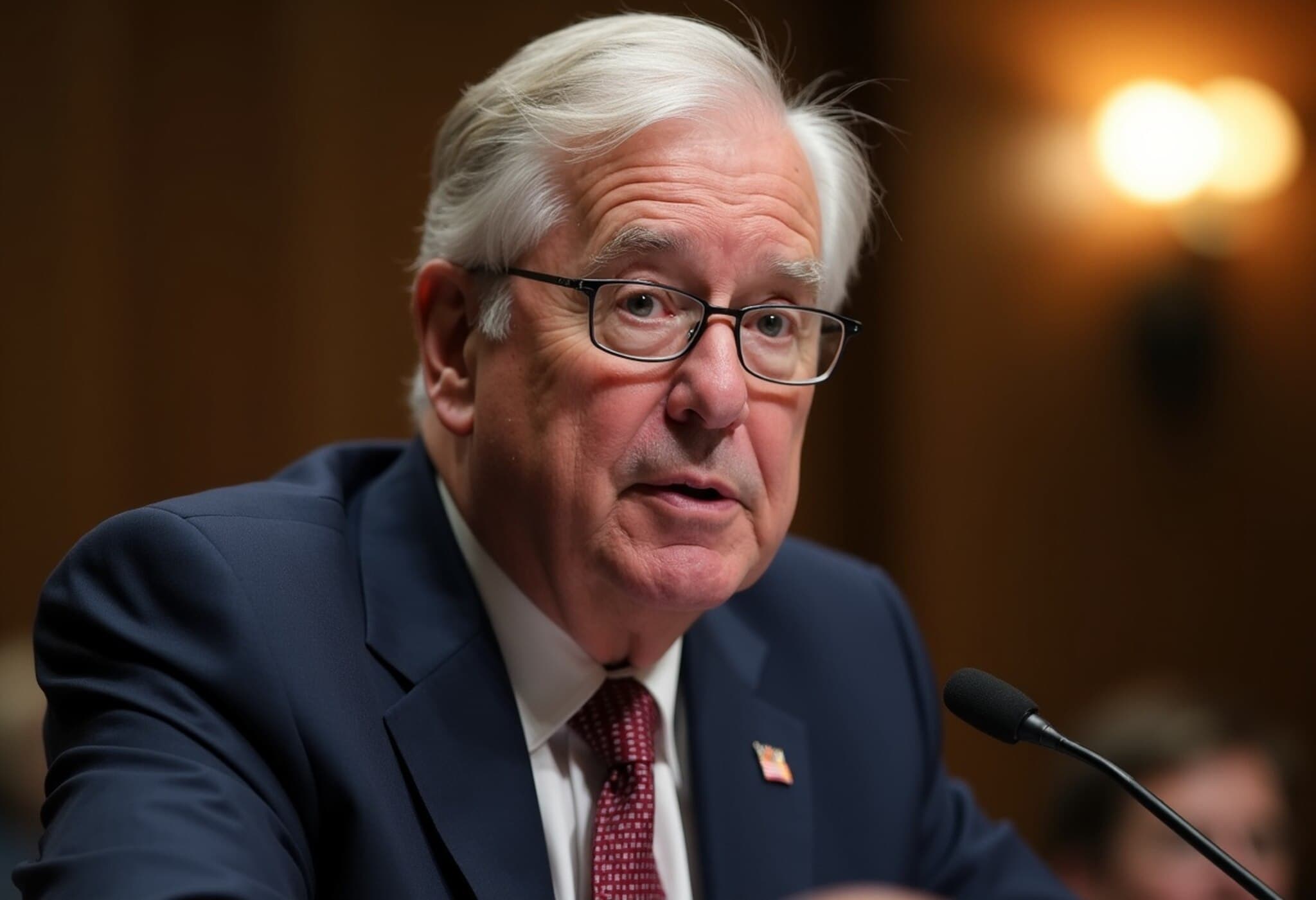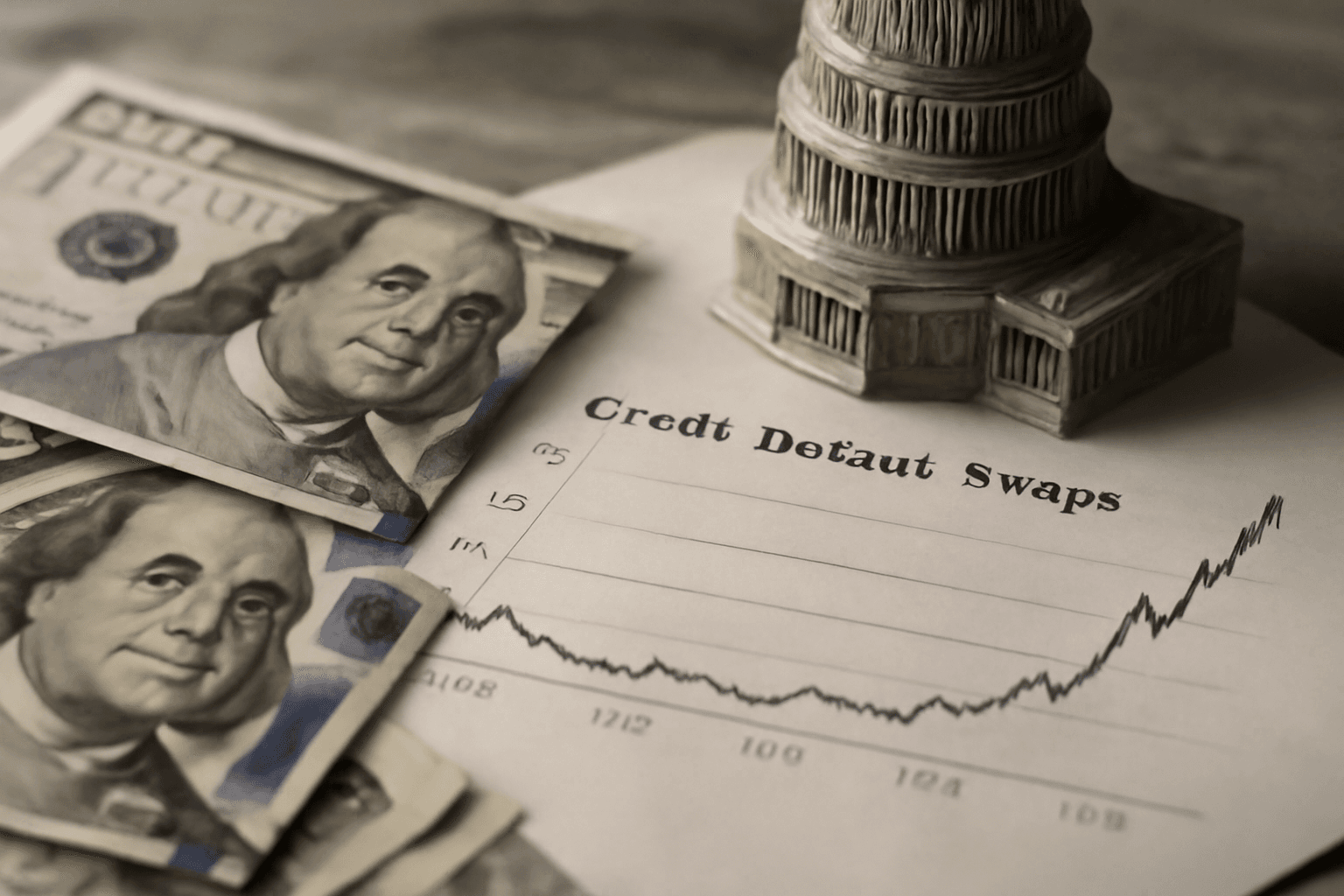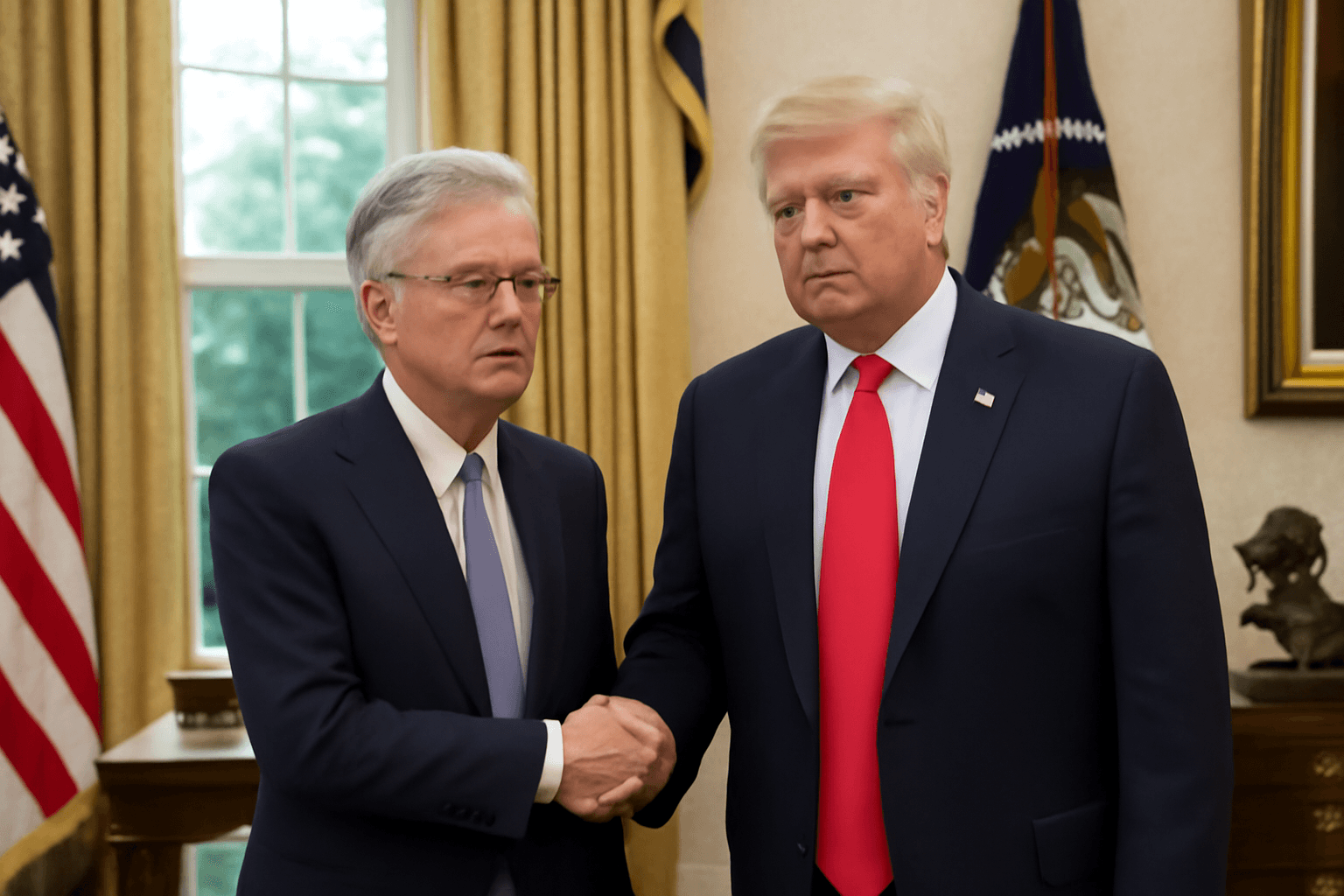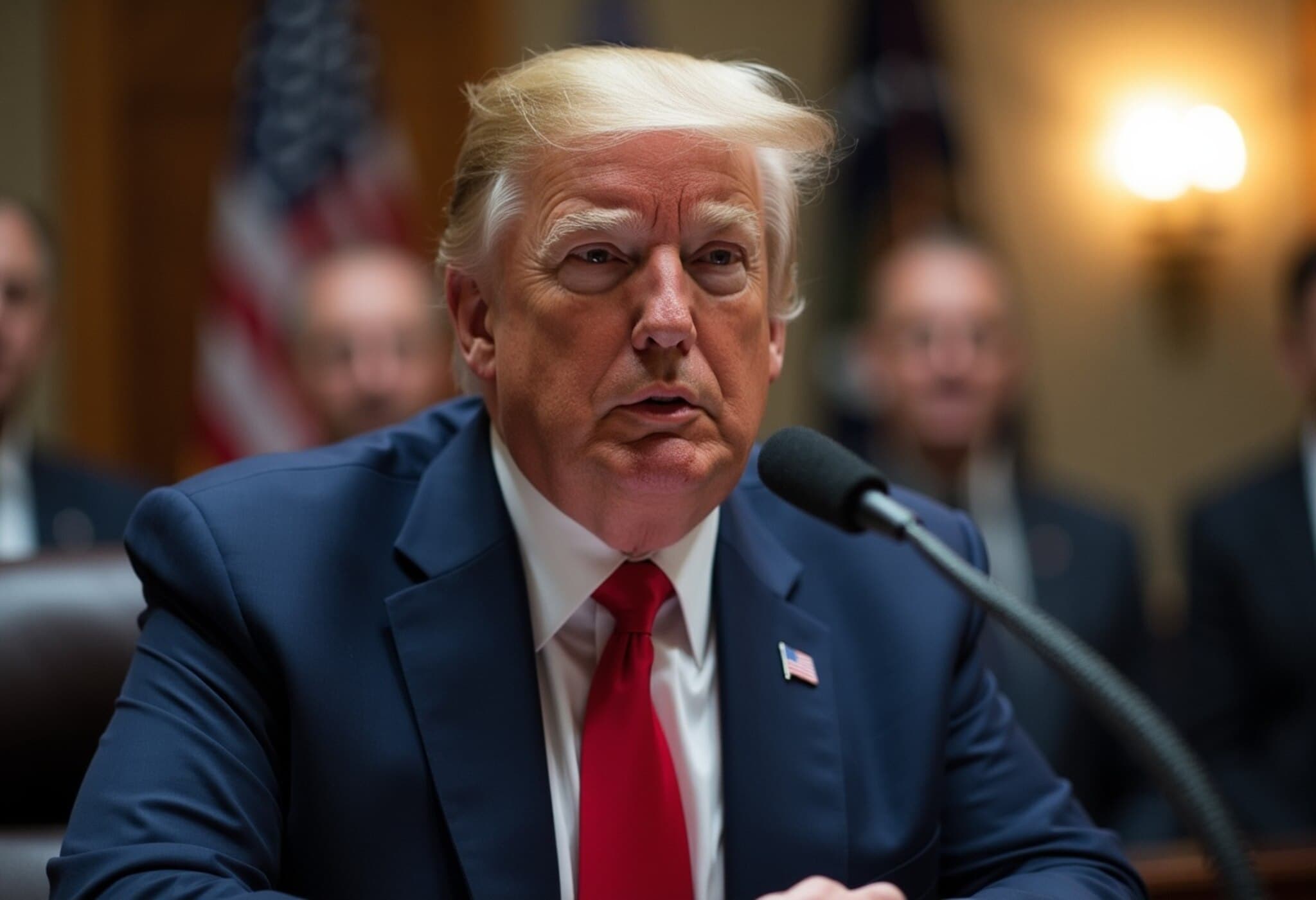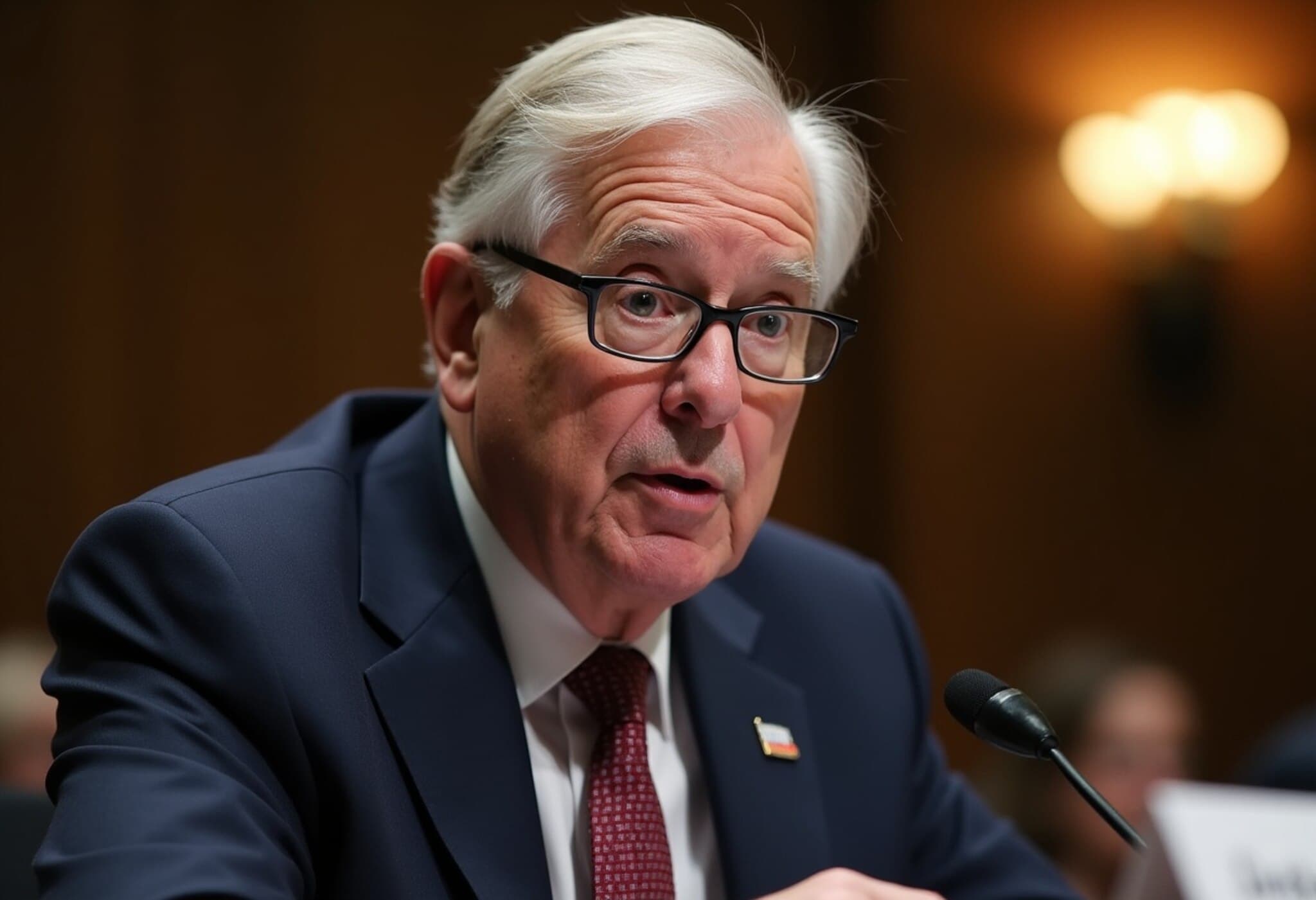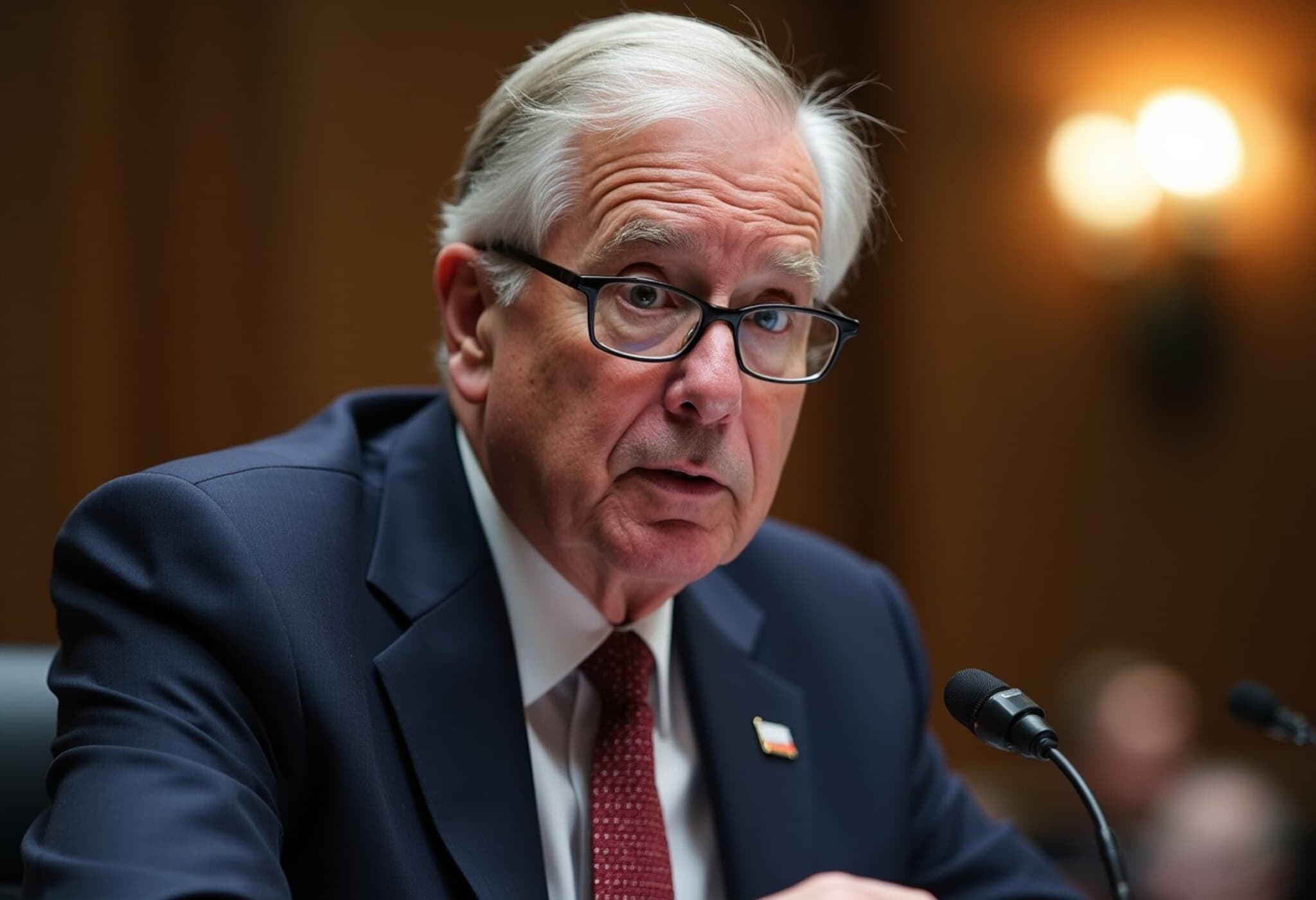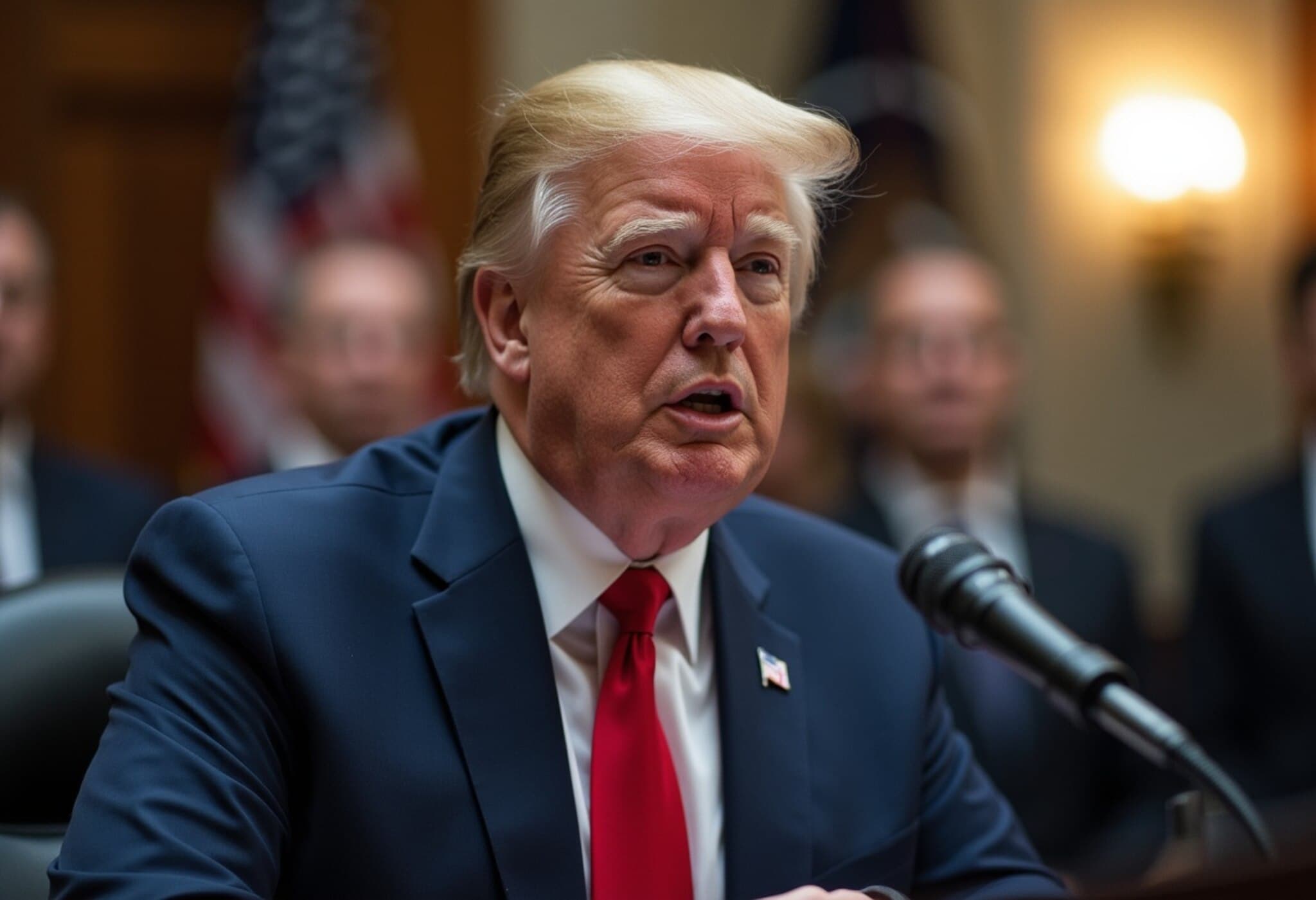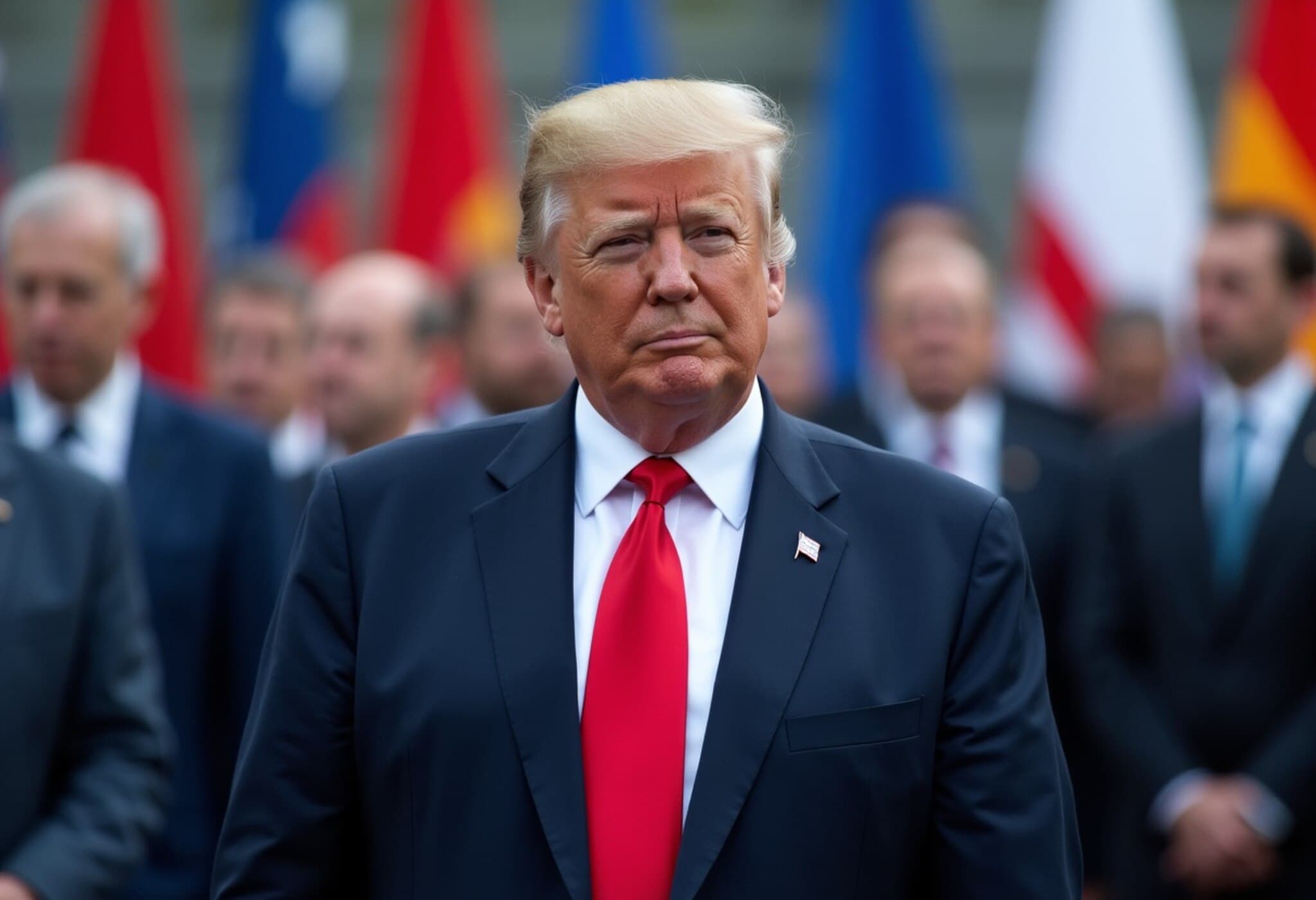Powell Highlights Fed's Commitment to Curb Inflation Amid Tariff Uncertainty
Federal Reserve Chair Jerome Powell reiterated the central bank’s dedication to managing inflation, expressing a cautious stance as policymakers assess the economic impact of recent tariffs. Speaking ahead of testimony before Congress, Powell said the Fed would likely hold interest rates steady until clearer data emerges on how tariffs influence price levels.
Economic Growth and Labor Market Remain Strong
Powell painted a positive outlook on the economy, describing growth as robust and the labor market close to full employment. Nevertheless, inflation remained above the Federal Reserve’s 2% target, with Powell emphasizing the uncertainty tied to tariff-induced price changes.
"Policy changes continue to evolve, and their effects on the economy remain uncertain," Powell noted. "The effects of tariffs will depend, among other things, on their ultimate level." He added that the Fed is positioned to wait for more economic clarity before adjusting policy.
Tensions With President Trump Escalate
The Fed chief’s cautious approach has drawn sharp criticism from President Donald Trump, who has intensified his longstanding disapproval of Powell’s policies. In a recent message on social media, Trump expressed frustration and urged Congress to take a tougher stance against the Fed Chair.
Powell is set to present his monetary policy report first to the House Financial Services Committee on Tuesday, followed by remarks to the Senate Banking Committee the next day.
Inflation Trends and Tariff Impact
Powell’s speech largely reflected familiar themes: steady economic performance with inflation gradually creeping up. He projected the Fed’s favored inflation measure to rise to 2.3% in May, with the core inflation rate—excluding food and energy—inching up to 2.6%. These figures indicate modest increases from April readings of 2.1% and 2.5% respectively.
Tariffs: Temporary Price Shocks vs. Long-Term Inflation
Historically, tariffs have caused brief spikes in prices rather than sustained inflationary pressure. Powell and the Federal Open Market Committee (FOMC) are carefully weighing this balance, with no rush to shift monetary policy without clearer evidence of prolonged inflation risk.
"The FOMC’s obligation is to keep longer-term inflation expectations well anchored and to prevent a one-time increase in the price level from becoming an ongoing inflation problem," Powell stressed. He also underscored the dual mission of the Fed—to maintain price stability while fostering strong labor market conditions that benefit all Americans.
Federal Reserve Outlook and Market Expectations
The recent FOMC meeting resulted in a decision to hold rates steady. However, the updated "dot plot" projections unveiled a split among committee members:
- Nine of 19 officials foresee zero or one rate cut this year.
- Eight expect two cuts.
- Two anticipate three cuts.
The anonymous nature of the dot plot means individual preferences remain unclear.
Notably, two prominent FOMC voters, Governors Michelle Bowman and Christopher Waller, recently indicated openness to a rate reduction in July, contingent on continued subdued inflation readings. For instance, the consumer price index increased only by 0.1% in May, matching other reports showing limited inflationary pressure from tariffs so far.
Market pricing suggests a 23% chance of a rate cut at the Fed’s July meeting, with a higher likelihood of easing in September, according to CME Group data.
This report provides a clear snapshot of the Federal Reserve's cautious approach toward inflation amid tariff uncertainties and mounting political pressure.

